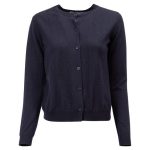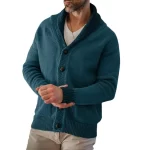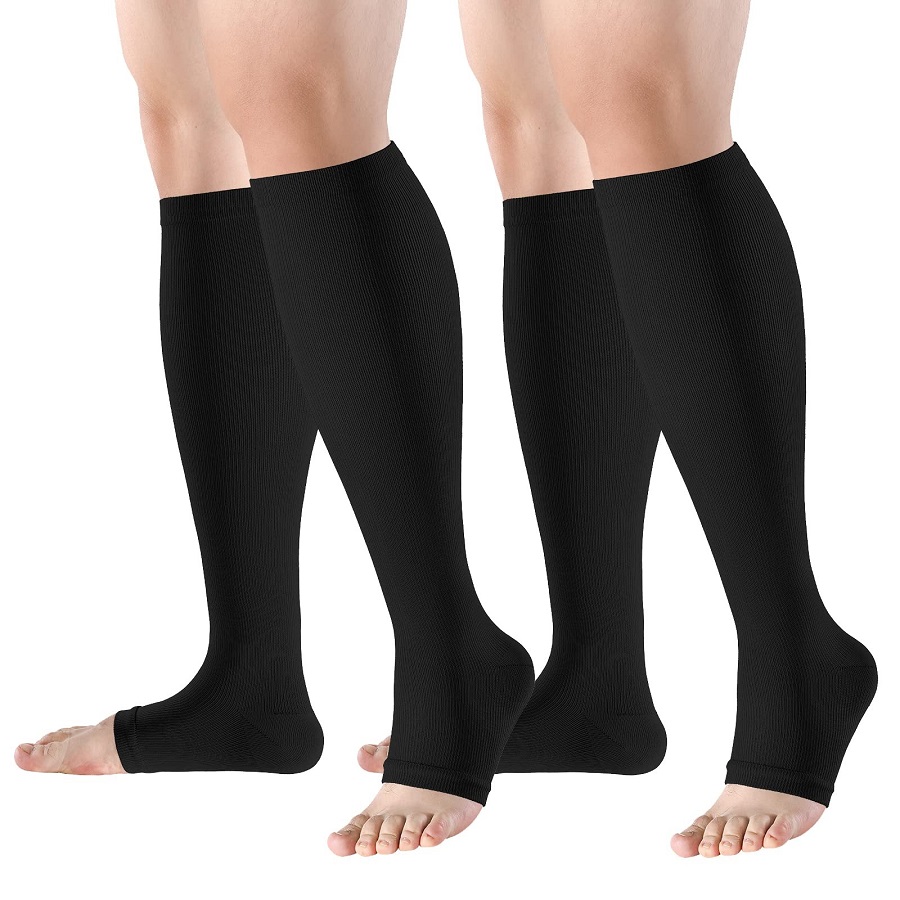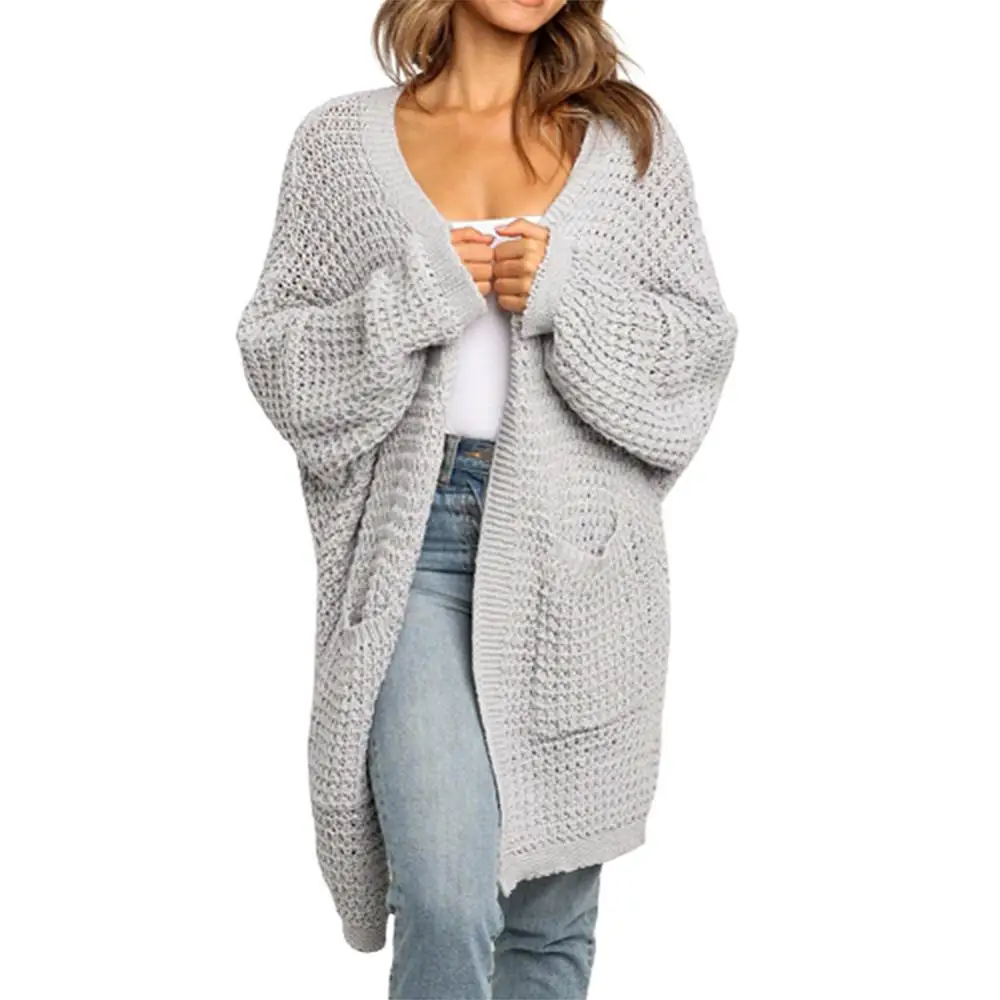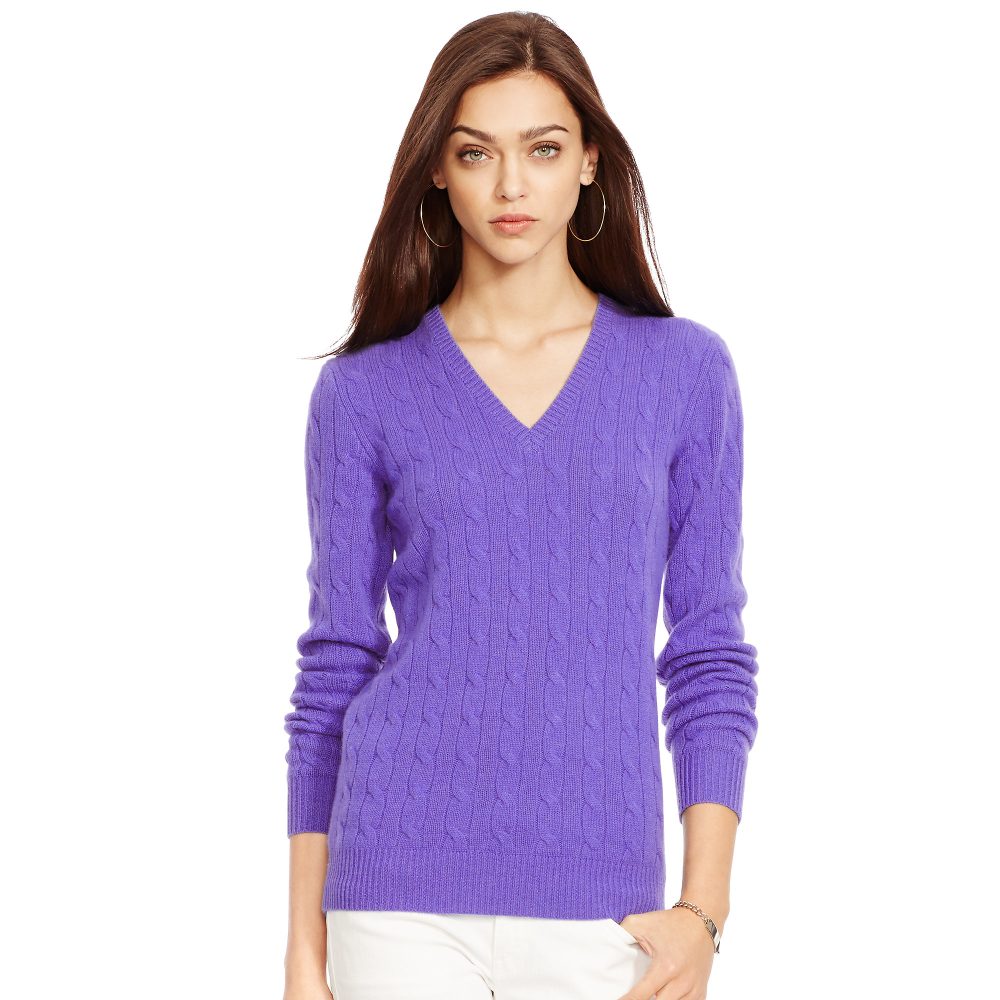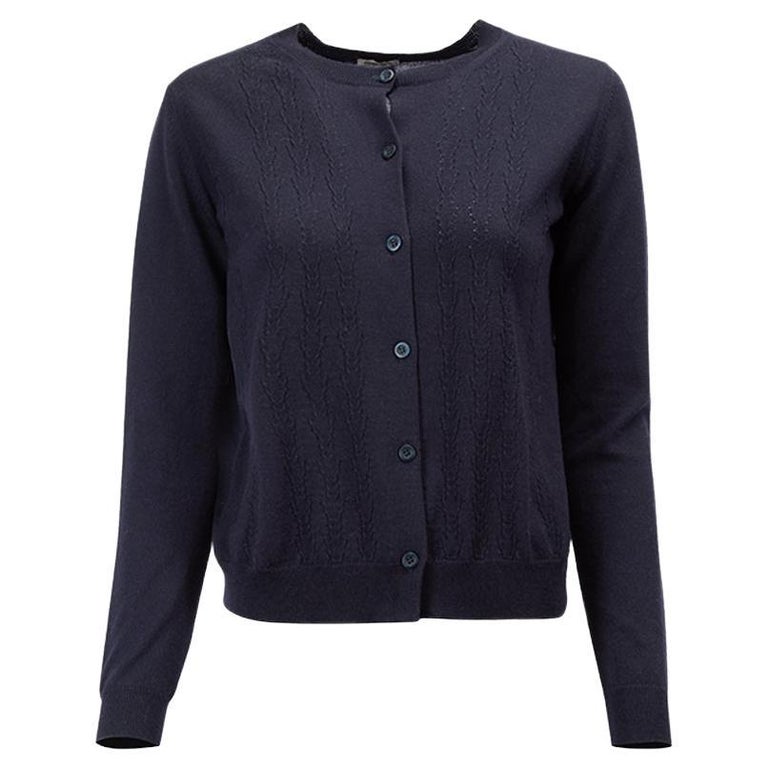What Are Open Toe Compression Socks?
Open toe compression socks are a type of therapeutic hosiery. They are designed to improve circulation and reduce swelling. Unlike traditional socks, they leave the toes exposed. This design can help with various foot conditions. It allows for more flexibility and breathability around the toes. People with toe joint issues often find open toe options more comfortable. Healthcare providers sometimes recommend them. They can be helpful for those standing or sitting for long hours. Athletes, pregnant women, and travelers can benefit from wearing these socks. Open toe compression socks come in different pressure levels. They are categorized by their compression strength, measured in millimeters of mercury (mmHg). The mild compression often starts from 8 mmHg. It can go up to 40 mmHg or more for medical-grade compression. These socks support your lower legs and promote blood flow.
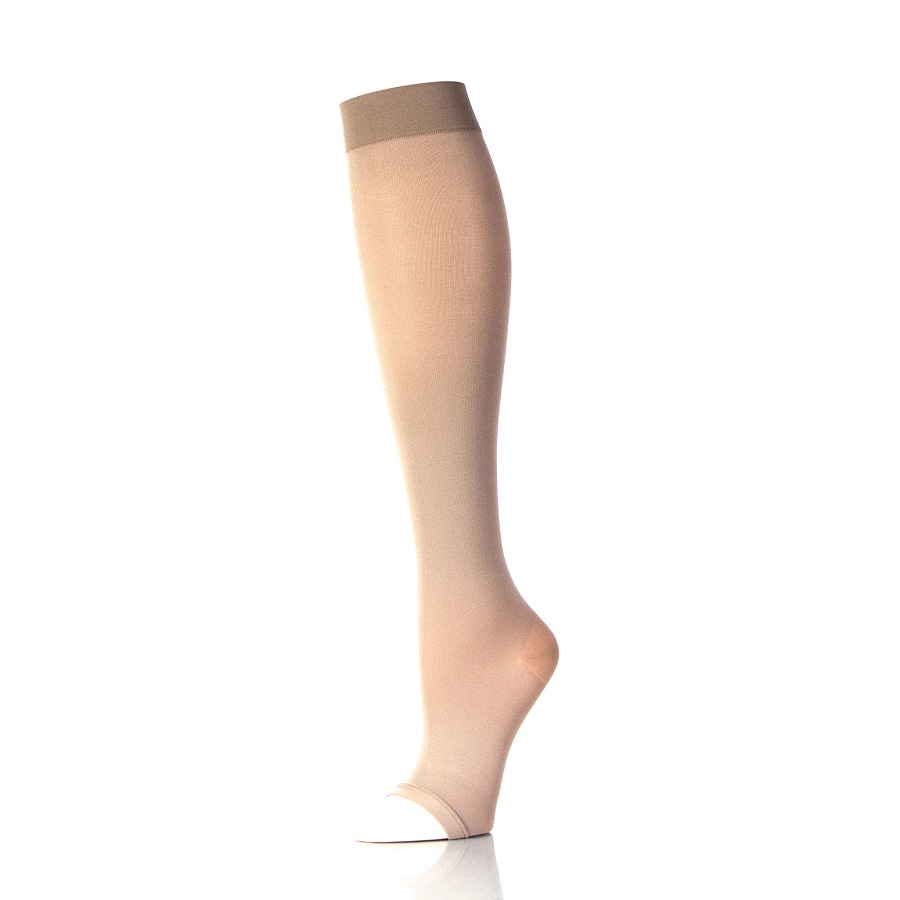
The Benefits of Wearing Open Toe Compression Socks
Open toe compression socks offer several advantages for wearers. Their unique design can lead to improved foot health and comfort. Let’s explore some key benefits:
- Enhanced Circulation: These socks apply gentle pressure to the legs. This promotes better blood flow from the legs back to the heart.
- Reduced Swelling: People prone to edema or leg swelling find relief with these socks. They limit fluid buildup during long periods of sitting or standing.
- Ease of Use: Leaving the toes free, they are easier to put on than full-toe variants. This is particularly helpful for individuals with limited mobility or arthritis.
- Versatile Use: They cater to a variety of activities and lifestyles. Athletes, travelers, and pregnant women benefit from their use.
- Toe Comfort: Individuals with bunions or hammer toes experience less constriction. The open-toe design allows toes to move freely.
- Increased Breathability: Without fabric covering the toes, air circulates better. This keeps the feet cooler and drier, especially in warm weather.
- Better Shoe Fit: They can be worn with sandals or flip-flops. This adds compression therapy options during warmer months.
By integrating open toe compression socks into your wardrobe, you can enjoy these benefits daily. The result is healthier feet and legs, along with enhanced overall comfort.
How Do Open Toe Compression Socks Work?
Open toe compression socks enhance blood circulation by applying graduated pressure. The pressure is strongest at the ankles and decreases up the leg. This gradient encourages blood to flow upwards, back to the heart. This process helps to prevent blood from pooling in the feet and lower legs. Compression levels are measured in millimeters of mercury (mmHg). Those with mild compression start at 8 mmHg. On the higher end, medical-grade compression can exceed 40 mmHg. The socks work by compressing the surface veins, arteries, and muscles. They force circulating blood through narrower channels. As a result, the arterial pressure increases, which causes more blood to return to the heart and less blood to pool in the feet. By doing so, they also speed up the removal of waste products in the blood. Wearing open toe compression socks can help reduce leg fatigue and prevent varicose veins.
Choosing the Right Size and Compression Level
Selecting the correct size for open toe compression socks is crucial for comfort and effectiveness. The wrong size can lead to discomfort or reduce the therapeutic benefits. To find the right fit, measure the circumference of the widest part of your calf. Then compare it to the sizing chart provided by the manufacturer. Not all brands have the same sizing, so check each brand’s specific guidelines.
Opting for the proper compression level is equally important. Compression levels come in a range, typically starting at 8 mmHg for mild compression. Moderate compression ranges from 15-20 mmHg. Firm compression is between 20-30 mmHg. Extra firm compression levels exceed 30 mmHg. Your choice should depend on your needs and lifestyle.
For daily wear and minor leg fatigue, a mild compression may suffice. If you are an athlete or pregnant, consider moderate compression. It can provide extra support without being too restrictive. For medical conditions like varicose veins or lymphedema, firm or extra firm compression is often recommended. However, consult a healthcare professional before using high compression levels.
Remember to factor in your activities and how long you will wear the socks. For shorter durations, you might prefer a higher level of compression. For all-day wear, a milder compression might be more suitable.
It is also advised not to go to bed wearing compression socks. Their purpose is to aid circulation when you are upright and moving. At rest, the body’s circulatory needs differ, and wearing them could cause discomfort.
In summary, correct sizing and selecting the appropriate compression level are key to maximizing the benefits. They ensure comfort and effectiveness of your open toe compression socks.
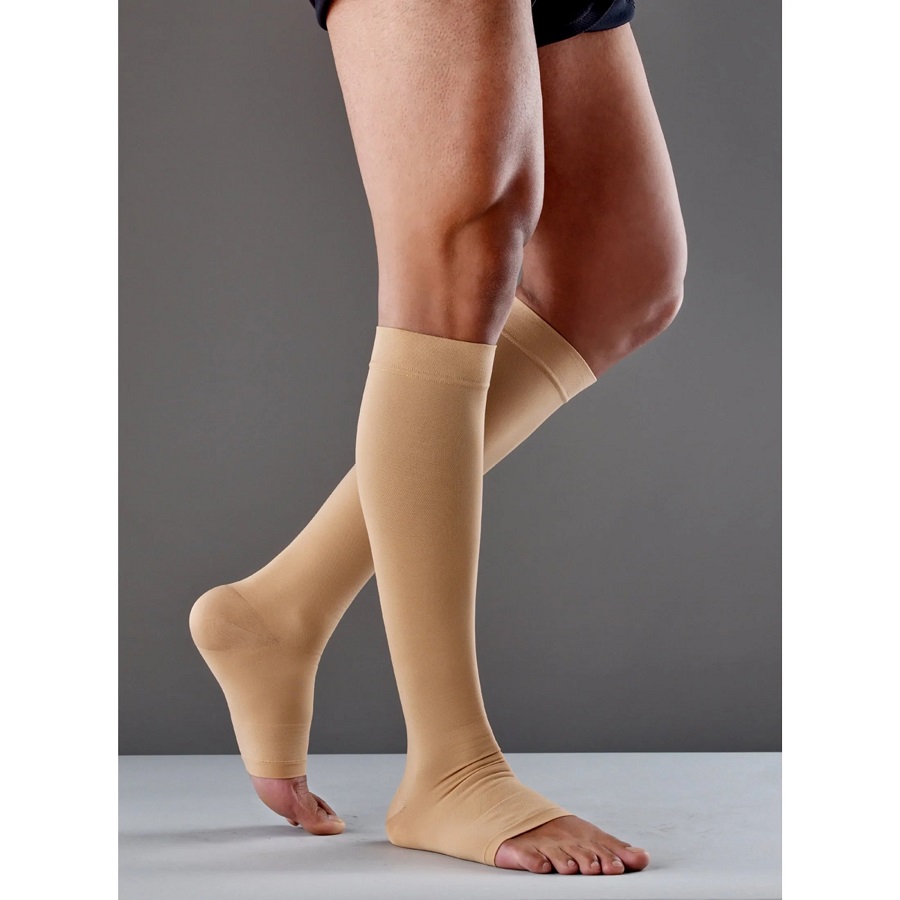
Tips for Wearing Open Toe Compression Socks
Wearing open toe compression socks correctly maximizes their benefits. Here are some practical tips for daily use:
- Get the Right Fit: Always ensure that your compression socks fit snugly but not too tightly. They should feel comfortable around the calf and not pinch.
- Put Them On Properly: To wear them, turn the top part of the sock inside out. Then, slip your foot in and gently roll the sock up your leg.
- Wear Them During Activity: It’s best to wear open toe compression socks when active. They aid in circulation when you’re moving or standing.
- Avoid Wearing at Night: Don’t sleep in compression socks. They’re designed for use when you’re upright and might cause discomfort when lying down.
- Pair With the Right Shoes: Match open toe socks with shoes that allow your toes to move freely, like sandals or roomy sneakers.
- Gradually Increase Wear Time: If new to compression socks, start by wearing them for a few hours. Gradually increase as comfort allows.
- Check Your Skin Regularly: Look for any signs of irritation on your skin. If you notice marks or discomfort, adjust the fit or take a break from wearing them.
By following these guidelines, you can enjoy the comfort and health benefits of open toe compression sock every day. Remember to consult with a healthcare provider if you have concerns about which compression level is right for you.
Common Uses for Open Toe Compression Socks
Open toe compression socks suit many daily needs and special conditions. We’ll explore some common uses:
- For Athletes: They wear them to boost performance and recovery.
- During Pregnancy: Pregnant women use them to ease leg swelling and prevent varicose veins.
- For Travelers: Helpful on long flights or drives to reduce the risk of deep vein thrombosis.
- At Work: Those standing or sitting for hours find them beneficial for maintaining leg health.
- With Foot Ailments: People with bunions or hammertoes get more room for toes.
- In Warm Weather: Perfect to pair with sandals for continued leg support.
- Post-Surgery Recovery: They can aid in reducing swelling and promoting circulation during recovery.
These scenarios highlight the versatility of open toe compression socks. They’re a simple addition to various lifestyles for better leg and foot health.
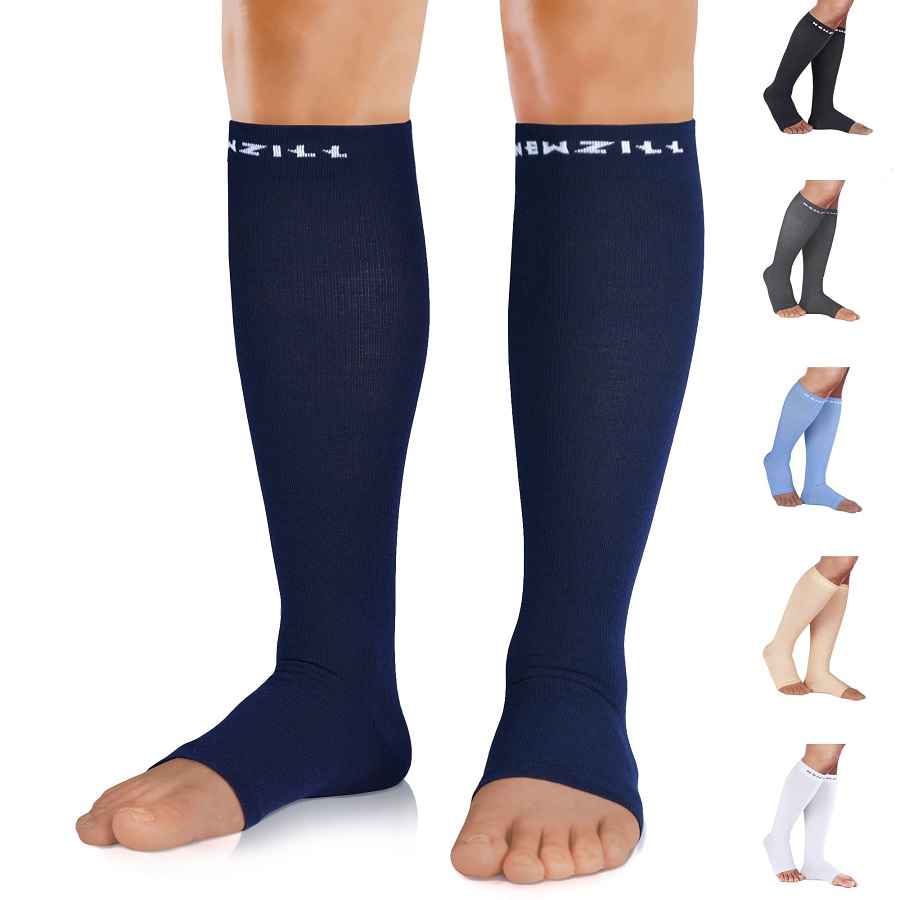
Caring for Your Open Toe Compression Socks
To extend the life of your open toe compression socks, proper care is essential. Here’s how to maintain them:
- Wash Them Gently: Hand wash or use a gentle machine cycle. Use mild detergent.
- Avoid Bleaching Agents: Bleach can deteriorate the material. It reduces sock effectiveness.
- Keep Away From Heat: Do not iron or dry clean. High temperatures can damage the fibers.
- Air Dry Preferred: Lay them flat to air dry. Avoid direct sunlight and heat sources.
- Regular Rotation: Have multiple pairs to rotate. This allows each pair to rest.
- Inspect Regularly: Check for snags, tears, or stretched areas. Replace if damaged.
Following these steps will ensure that your open toe compression socks remain functional. They will keep their shape and compression quality for longer. Thus, you’ll continue enjoying the benefits they offer with each wear.
Where to Buy Quality Open Toe Compression Socks
Finding quality open toe compression socks is easy with the right guidance. Here are some tips:
- Check Online Retailers: Many websites specialize in medical-grade compression wear. Explore options on popular e-commerce platforms for a variety of choices.
- Visit Medical Supply Stores: These stores stock a range of compression garments. Trained staff can assist with sizing and compression levels.
- Look for Sports Shops: Athletic stores often carry compression socks. They cater to runners and gym enthusiasts, providing different pressure options.
- Pharmacies: Some local pharmacies offer medical hosiery. They might have a limited range but it’s convenient for quick purchases.
- Specialty Stores: Look for stores focusing on foot care. They offer personalized service and high-quality products designed for specific needs.
Always read reviews and check ratings before buying open toe compression sock. Ensure they’re made from durable, breathable materials. Confirm that the retailer provides a sizing chart and return policy. This helps if you need a different size or compression level. Remember, investing in quality pays off for the health of your legs and feet.



